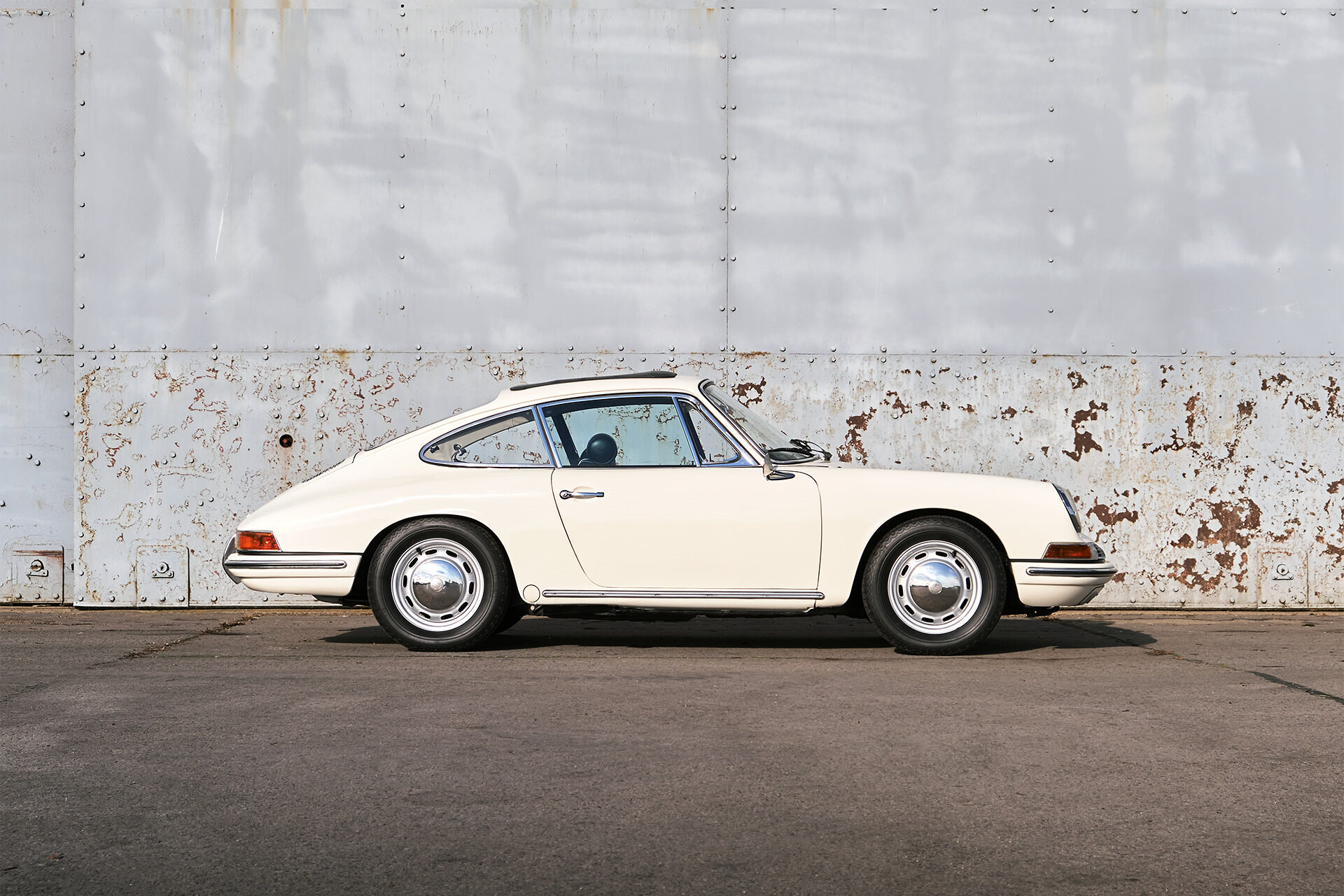Ford’s Customline was seen during the 1950s as symbolising success and authority. These cars were the preferred conveyance of established businessman, state and federal politicians, and were also by the wallopers to reel in speeding Holdens.

By the 1970s though, as rust encroached and fuel prices soared, the old ‘Cussies’ were increasingly seen as worthless and many were being dumped in droves.
Ironically, partly because of this rampant discarding, survivors today are accordingly scarce and in demand. Some will be restorations, others true-blue originals that have been carefully maintained by their earliest owners and passed on to younger enthusiasts for preservation.
The restyled Customline released locally in 1955 debuted a comprehensive redesign that included vestigial fins and more curve to its windscreen. A new overhead-valve V8 replaced Ford’s long-serving side-valve unit. The new engine was a half litre larger in capacity and ran a higher compression ratio, boosting power by almost 40kW to 121kW versus the side-valve’s 82kW, while torque went from 290Nm to 350Nm.
Despite the new car weighing 1760kg, the three-speed manual covered the 0-60mph (0-96km/h) dash in under 12 seconds, en route to a top speed of 160km/h.
Minor styling changes defined 1956 and `57 updates, accompanied by engineering advancements including introduction of 12-volt electrics and three-speed Fordomatic automatic transmission.

Image: wheelsage.org
The 1958 Model Year brought a four-pointed grille decoration, identifying the ‘Star’ model Customline. It introduced a touch of glamour to the familiar Ford shape, accompanied by triple-tone paint and stainless-steel decorative side strips to separate the colours. Inside, the roomy cabin featured broad bench seats in two-tone vinyl and with a dash redesigned around circular instruments.
While components for Customline sedans were imported from Canada in crates for local assembly, Ford produced its own rear sections for the locally designed Mainline utility and commissioned outside suppliers to make bodies for the scarce station wagon. Coachbuilders were also contracted to produce ambulance and hearse bodywork that was locally fitted to the Mainline chassis.
Part of the period-appeal of the Customline was its comfortable ride which made it a terrific car for country driving, where it dealt easily with unsealed, corrugated roads. They became less enjoyable when the terrain turned twisty, however, with unassisted steering requiring an arm-tiring five turns lock-to-lock.
The Customline is a great looking piece of late ‘50s automotive styling and as such has become a favourite with street machiners and hot rodders. As a result, some cars found on the market today will have been modified with inclusions such as ‘small block’ V8s replacing the original, later model automatic transmissions, disc brakes and maybe even power steering.
While such changes might spoil a Customline’s prospects for becoming a show car, they do prolong its life as a practical family cruiser.
If this is the car’s intended use, make sure it has been modified to accommodate lap/sash seat belts. Seat belt mounting points weren’t part of the original design and must be engineer-approved, while existing belts need to be checked for wear.
Rust proofing from the factory was either nonexistent or ineffective because Customlines parked near the coast, or those driven regularly on unsealed roads, quickly began rusting unless scrupulously cleaned to remove underside grime. As such, an on-hoist inspection is essential to ensure a car is solid throughout.
Customline prices have climbed quickly since 2015 and any car in usable condition is likely to be priced around $40,000, with exceptional cars exceeding $70,000.
Should I buy a Used Ford Customline (1955-59)?
Early examples of Ford’s Customline are now approaching their 70th birthday and some enthusiasts will understandably question whether a car of this age can function as well as one 20 or 30 years younger.
They need not to worry, however, because aside from the obvious allowances that need to be made for slow steering and longer braking distances, the Customline remains a viable and charming family classics that will easily keep pace with 21st Century traffic. And, because these Fords were so popular in the USA, where over four million were sold from 1955-57, parts remain in production and are readily available in Australia.
Things To Watch Out for When Buying a Used Ford Customline (1955-59)
-
Engine oil leaks
-
Transmission noise in manual cars
-
Rust in the firewall and around rear spring mounting points
-
Loose steering box mounts
-
Leaking steering box
-
Missing or damaged brightwork, especially the ‘star’ grille
-
Early cars that retain their 6-volt electrics over the preferred 12-volt conversion
Valuation Timeline: Ford Customline (1955-59)
-
1985$4,000
-
1995$13,000+225%
-
2005$21,500+65.38%
-
2010$24,500+13.95%
-
2014$30,000+22.45%
-
2019$38,000+26.67%
-
2024$55,000+44.74%all 1955-59 edans








